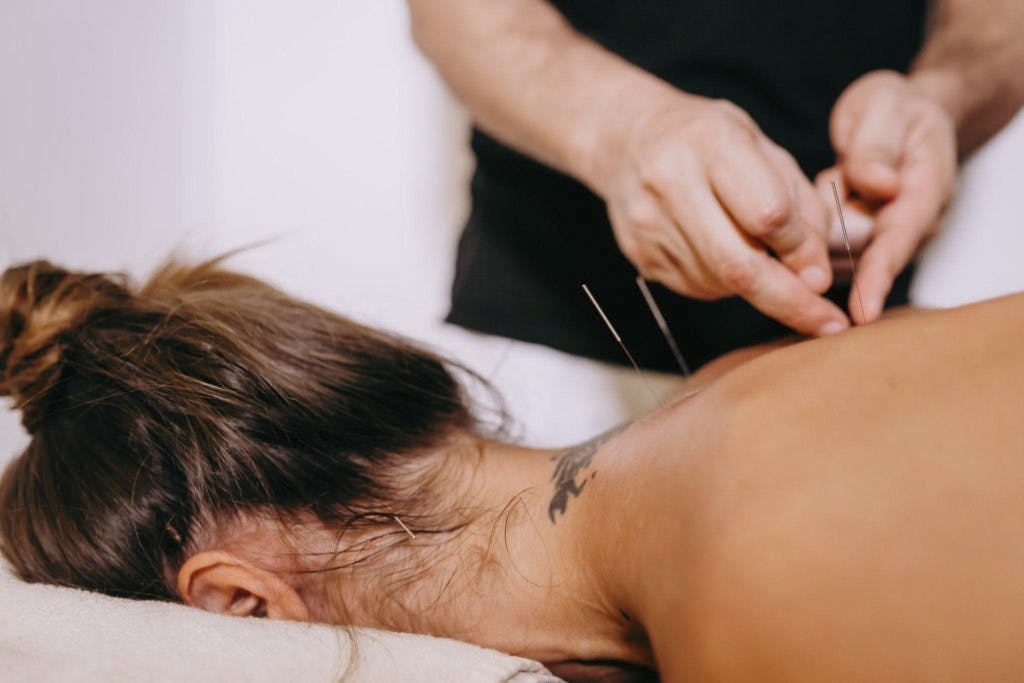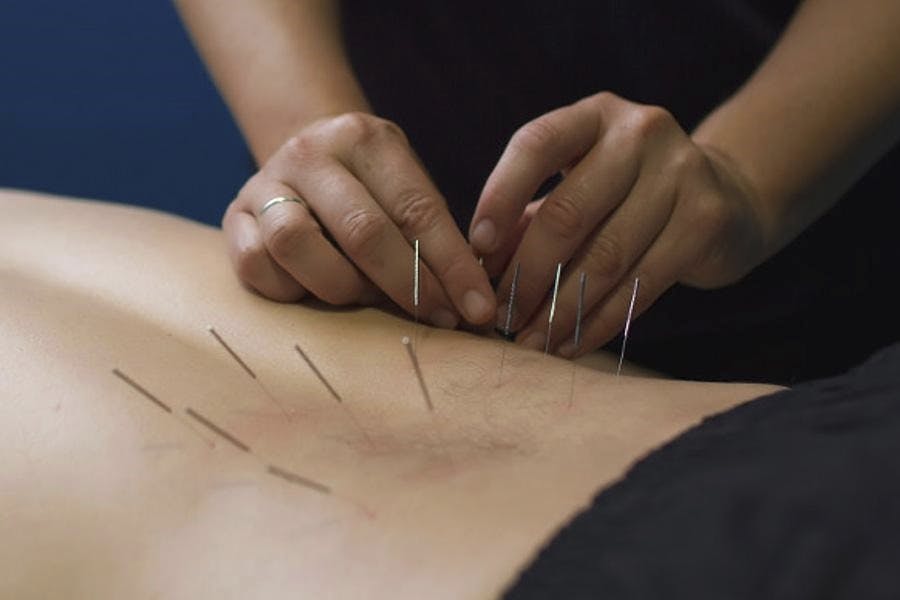Introduction:
Before we talk about how dry needling is affecting us, let’s first understand what it is?
Dry needling is the use of an acupuncture needle to stimulate a muscle in order to release tension and pain. It is also known as intramuscular stimulation (IMS).
Dry needling is based on the same principle as acupuncture, which is that stimulating certain points on the body can help to relieve pain and stress. However, with dry needling, the needles are not inserted into the skin. Instead, they are inserted into the muscle itself.
Dry needling is a relatively new technique, and there is still some debate about how exactly it works. Some experts believe that dry needling activates the nervous system, which then releases pain-relieving chemicals.

How Dry Needling reduce Chronic Pain And Stress?
Chronic pain and stress can have a negative impact on our health. It can lead to anxiety, depression, and even physical illness.
In this process in which a thin needle is inserted into the skin and muscle fibers. This helps to release tension and restore function. The needles used are different from those used for acupuncture, as they are much thinner and shorter. Dry needling has been shown to be more effective than traditional methods of treatment. It is a safe and natural method that can help you to live a healthier and happier life.
The precise mechanism of pain reduction with dry needling is unknown for stress; however, research indicates that there are measurable mechanical and biochemical effect that occur with needling.
Dry needling appears to reset the sensory threshold, thus reducing pain. It is also thought to stimulate the release of endorphins, which are natural pain-relieving chemicals that helps to reduce stress and anxiety levels.
Benefits Of Dry Needling:
There are many benefits of dry needling, including:
- Relaxation of the muscles
- Reduction in pain
- Reduction in stress
- Improved sleep quality
- Increased energy levels
- Improved circulation
- Improved range of motion
Who is a candidate for Dry Needling?
Patients with musculoskeletal problems can be treated with dry needling. Muscles are commonly thought to be a major contributor to symptoms.
People with Neck pain, back pain, shoulder pain, arm pain (tennis elbow, carpal tunnel, golfer’s elbow), headache (migraine and tension-type), jaw pain, buttock pain, and leg pain (sciatica, hamstring strains, calf tightness/spasms) are just a few examples that can be treated through dry needling.
Who performs dry needling and How?
Dry needling is performed by physicians, physician assistants, physical therapists, occupational therapists, and other trained healthcare providers.
Dry needling is usually performed on an outpatient basis. This means that you will not have to stay overnight in the hospital. The procedure itself is relatively short, and most people report only minor discomfort during the procedure.

During the procedure, you will be asked to lie down on a bed or table. The physical therapist will then insert the needles into your skin and muscles. You may feel a slight prickling sensation as the needles are inserted. Once the needles are in place, you will be left to rest.
Conclusion:
Dry needling is an effective way to reduce stress. It is a safe and natural method that has been used for centuries.
We also provide Dry Needling at Austin Physical Therapy Specialist. We have many professionals who can provide dry needling treatment.
If you’re struggling with chronic pain or stress, contact an Austin physical therapist today to see if dry needling is right for you and what are its potential benefits for you.
ThankYou!!
